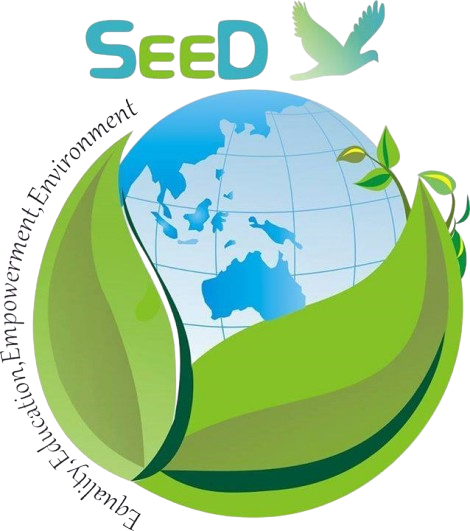






Objective:
To provide life-saving refuge for up to 400 residents during cyclones, storm surges and floods in one of India's highest-risk zones, while strengthening community resilience through disaster preparedness training, ecosystem-based adaptation via mangrove restoration and serving as a year-round community hub with clean energy infrastructure.
Overview:
Ghoramara Island represents one of India's most climate-vulnerable locations, classified as Very High Damage Risk Zone-B with maximum storm surge risks of 12-13 meters. The devastating impacts of Cyclones Amphan (2020) and Yaas (2021) exposed the deadly inadequacy of existing shelter infrastructure, where 15-foot storm surges and 165 kmph winds left thousands of residents with only one inadequate cyclone shelter. During these disasters, entire families were forced into desperate survival situations—climbing trees while clutching tin boxes of savings as floodwaters rose 6 feet within minutes, with 150 families losing their homes completely during Amphan and remaining homeless for over two years.
The back-to-back cyclones revealed a humanitarian crisis waiting for the next major storm. Over 300 homeless residents were housed at a temporary shelter for nearly a month after Yaas, sleeping on cloths spread on floors while struggling with contaminated water supplies.
In response to this critical infrastructure gap, SEED partnered with JCAPCPL to construct a state-of-the-art 4-storey Multipurpose Cyclone Centre through extensive community consultation and participatory planning. The facility was designed to meet multiple community needs through structural engineering excellence—featuring reinforced concrete construction to withstand winds exceeding 50 m/s, storm surge-resistant foundations protecting against maximum surge risks and earthquake-resistant construction meeting Indian seismic standards.
The shelter incorporates comprehensive emergency infrastructure with accommodation for 400+ residents across multiple floors, deep foundations and pilings to resist storm surge pressures and essential services including integrated communication systems, emergency supply storage and adequate sanitation facilities. Recognizing persistent energy poverty on off-grid Ghoramara Island, the centre was equipped with rooftop photovoltaic arrays, battery banks and LED lighting networks ensuring reliable 24/7 power for critical communications and emergency operations.
Community empowerment formed a cornerstone of the project, with over 200 villagers contributing to site-selection workshops and design processes. A 12-member governance body oversees maintenance and readiness audits, while year-round disaster preparedness training, ecosystem-based disaster risk reduction approaches and mangrove restoration activities build long-term resilience.
Impact:
During Cyclone Remal (2024), the shelter achieved a zero-casualty record while protecting 300 islanders, with all sheltered residents reporting intact health and no shelter-related injuries during the Category II landfall.
Within two hours of Remal's peak winds, trained relief teams dispatched water, rations and hygiene kits to 300 households through solar-powered coordination systems.
Established sustainable governance through local oversight body and continuous capacity building programs integrating disaster preparedness with ecosystem-based adaptation.
Successfully combines structural shelter with mangrove restoration initiatives that buffer storm surges and enhance biodiversity, exemplifying ecosystem-based adaptation approaches.
Demonstrates cutting-edge, community-driven disaster resilience combining structural protection with clean energy integration, positioning as best-practice model for climate-vulnerable regions.



Subscribe to the SEED Newsletter — and be part of the change!